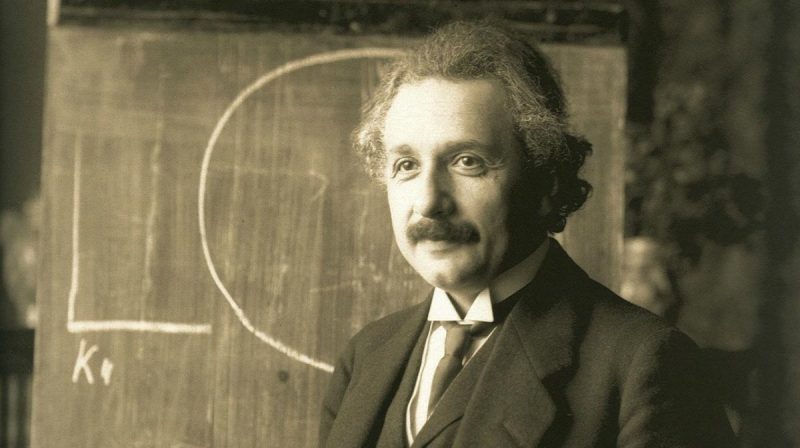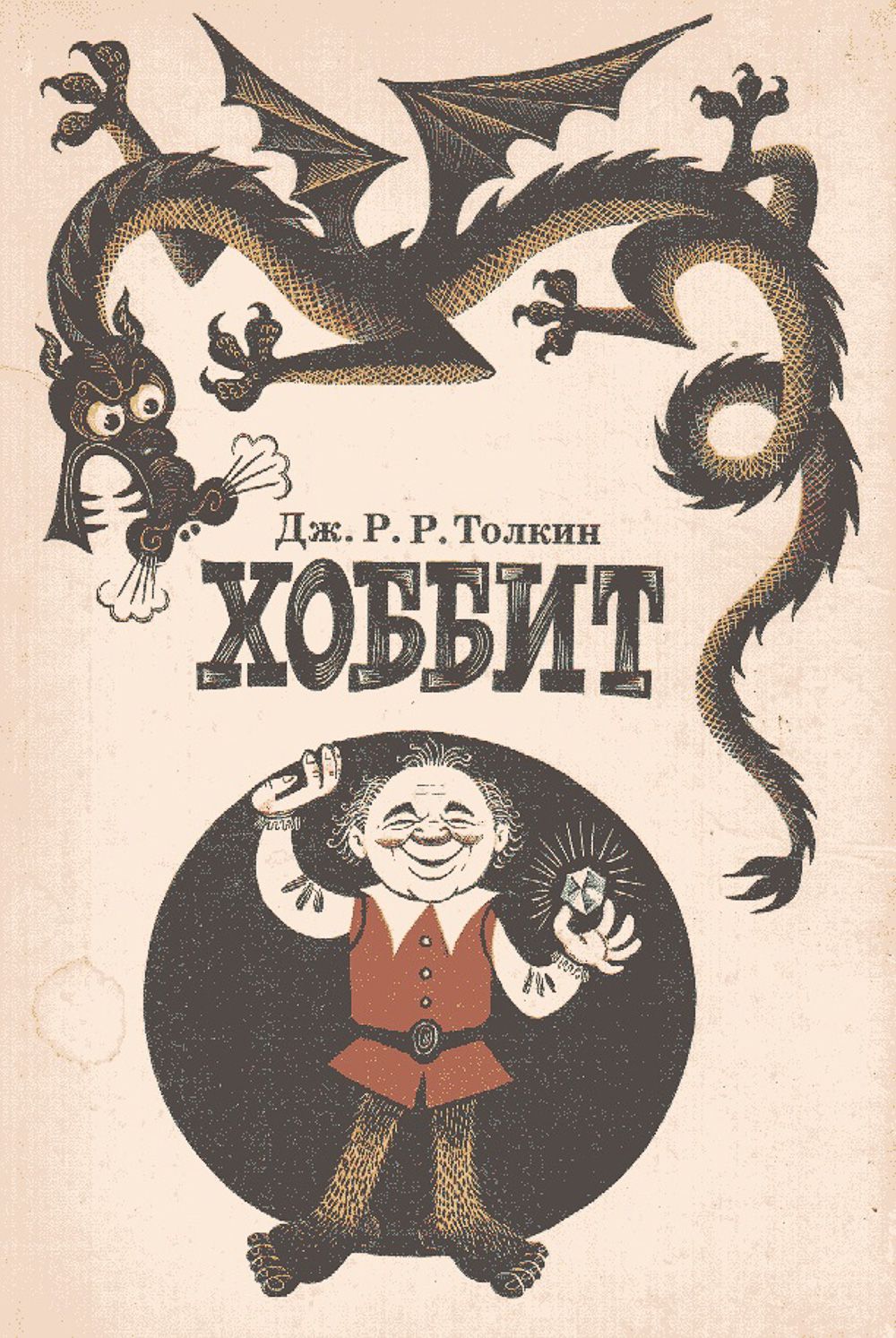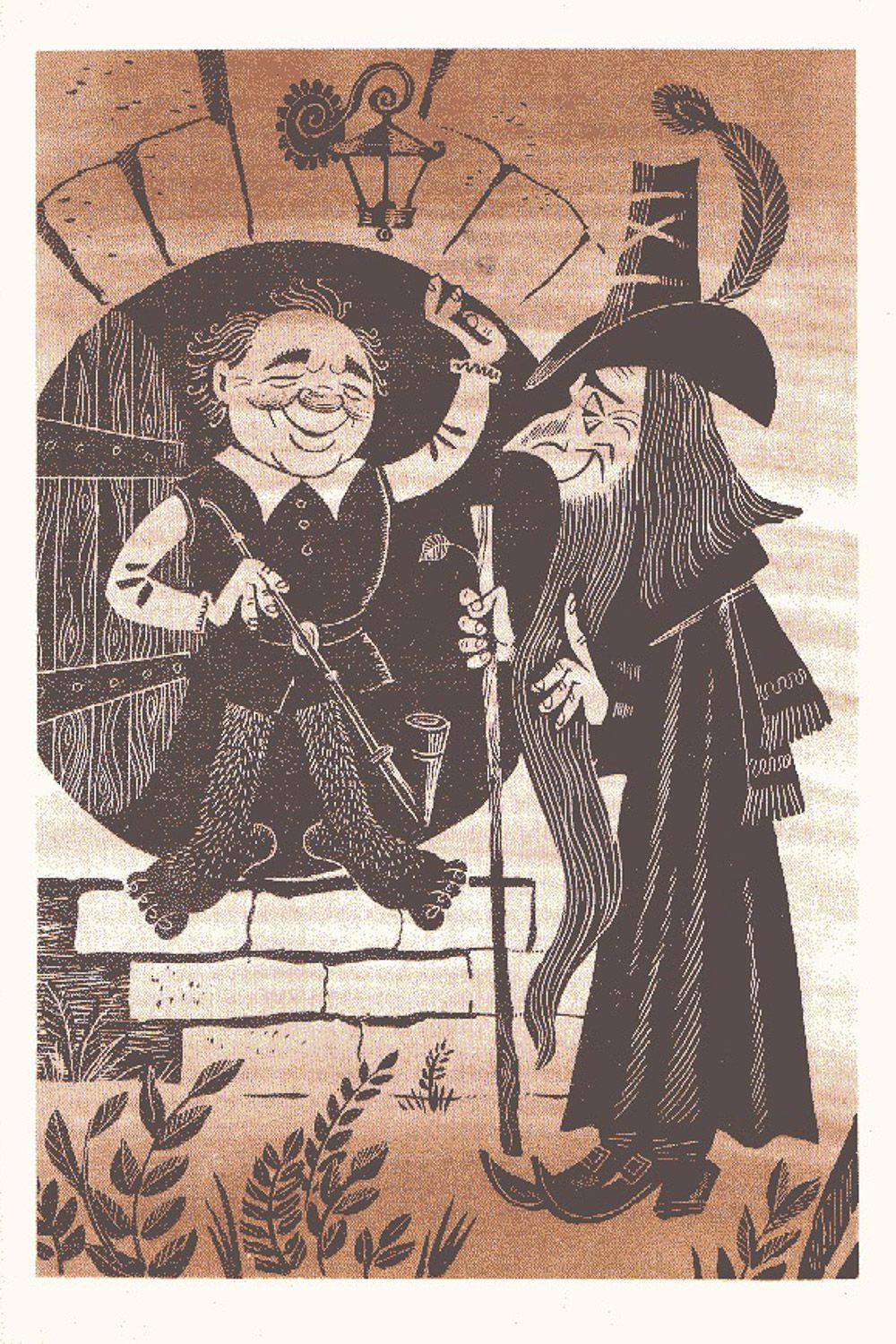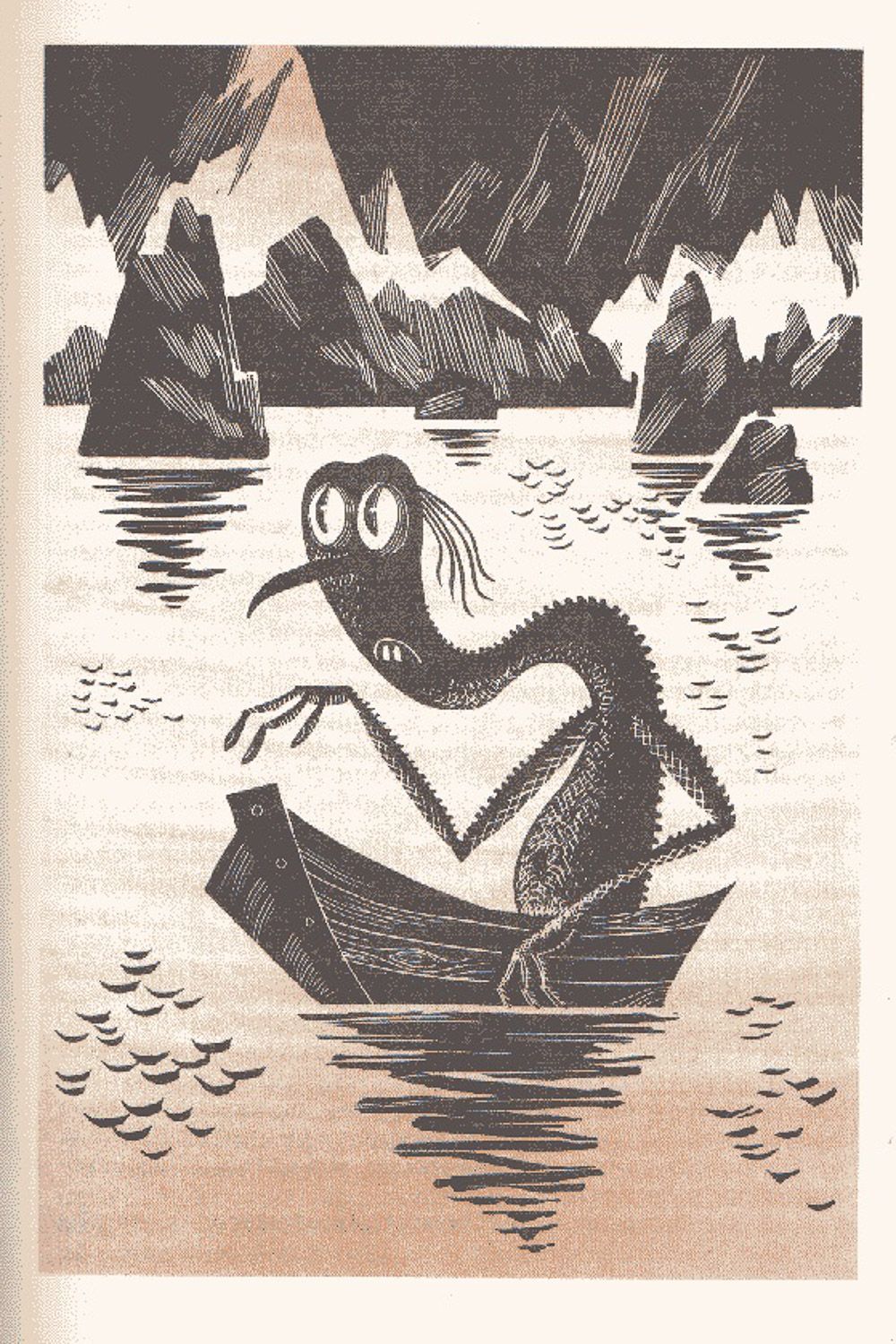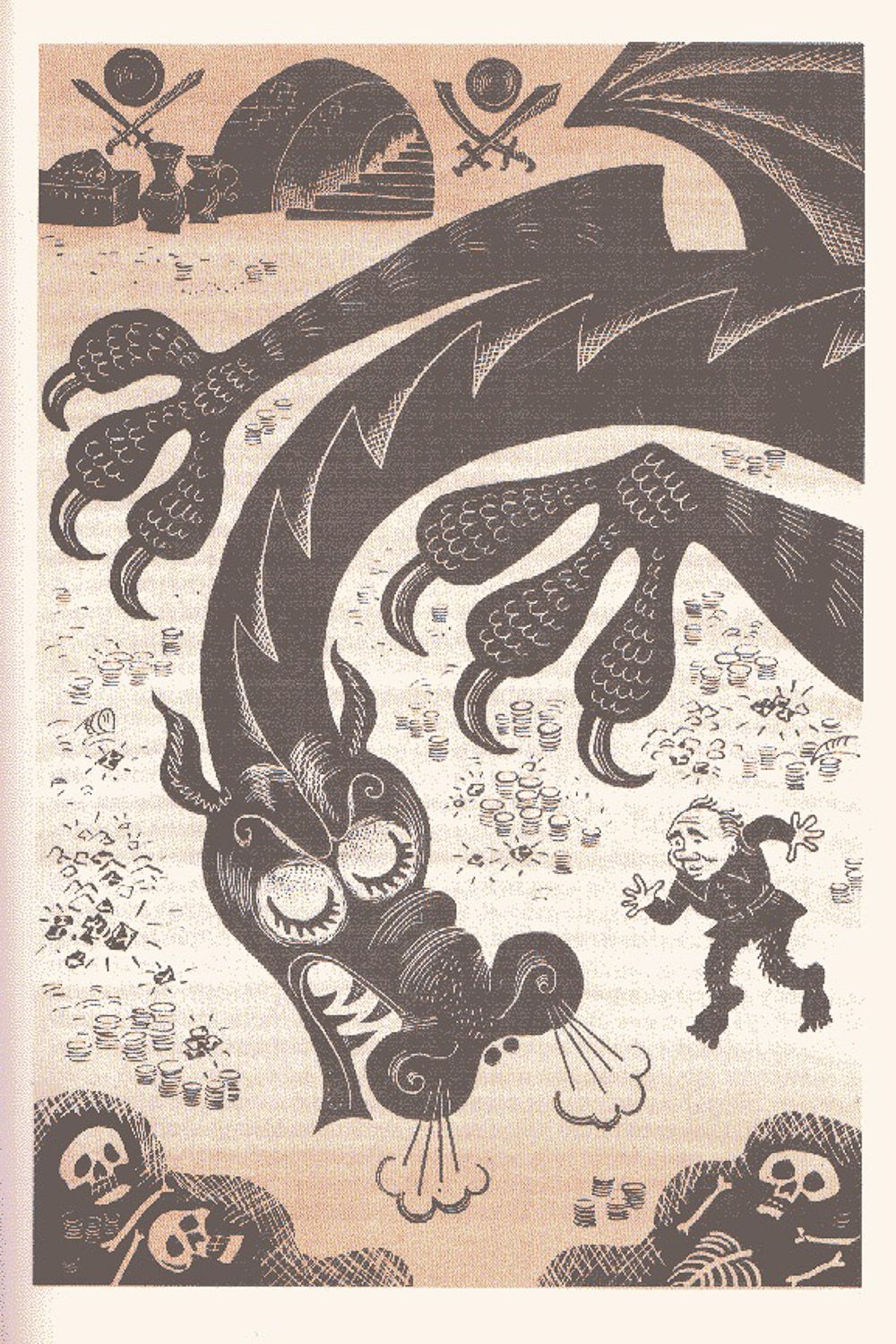In addition to its ham-handed execution, maybe one of the reasons M. Night Shyamalan’s The Happening failed with critics is that its premise seemed inherently preposterous. Who could suspend disbelief? Trees don’t talk to each other, act in groups, make calculations, how foolish! But they do, forester Suzanne Simard aims to convince us in the TED video above.
Trees aren’t just trees. They are the visible manifestations of “this other world” underground, “a world of infinite biological pathways that connect trees and allow them to communicate, and allow the forest to behave as if it’s a single organism. It might remind you of a sort of intelligence.” One shared not only by trees but by all of the beings that live in and among them. Forests are alive, though perhaps they are not plotting their revenge on us, even if we’ve earned it.
Simard tells the story of growing up in British Columbia among the inland rainforests. Old wet temperate forests crawling with ancient ferns like giant green hands; cities of mushrooms growing around centuries-old fallen trees; whole planes of bird and insect existence in the canopies, American megafauna, the elk, the bear…. On a recent hike deep into the Olympia National Forest in Washington, I found myself thinking some similar thoughts. It’s not that unusual to imagine, in the throes of “forest bathing,” that “trees are nature’s internet,” as Simard says in a Seattle TED talk.
The difference is that Simard has had these thoughts all her life, devoted 30 years of research to testing her hypotheses, and used radioactive carbon isotopes to find two-way communication between different species of tree while being chased by angry grizzly bears. Likewise, most of us have noted the glaring scientific absurdities in the book of Genesis, but few may see the problem with Noah’s Ark that Italian botanist Stefano Mancuso does in his talk above. No one thought to bring any plants? God somehow neglected to mention that all those animals would need ecosystems, and fast? We laugh about an old man literally loading reproducing pairs of every animal on a boat… imagine him trying to fit entire forests….
Mancuso’s charming accent and self-deprecating humor make his observations seem lighthearted, but no less devastating to our idea of ourselves as self-sufficient alpha creatures and of plants as barely alive, inanimate stuff scattered around us like nature’s furniture, one step above the foundational rocks and stones. The idea is not limited to the Bible; it has “accompanied humanity” he says. Yet, just as professors do not belong at the top of a hierarchy of life—as medieval scholars liked to imagine—plants do not belong at the bottom. Let Mancuso convince you that plants exhibit “wonderful and complex behavior that can be considered intelligence.”
Isn’t this all a little presumptuous? Does anyone, after all, speak for the trees? Might their language be forever alien to us? Can we talk about “what plants talk about,” as ecologist J.C. Cahill asserts? Can we make soap opera speculations about “the hidden life of trees,” as the title of German forester Peter Wohlleben’s book promises? Perhaps human language is necessarily anthropomorphic—we insist on seeing ourselves at the center of everything. Maybe we need to think of trees as people to connect to them—as nearly every ancient human civilization has talked to nature through the intermediaries of spirits, gods, devas, sprites, nymphs, ancestors, etc.
As a forester with a lumber company, Wohlleben says, he “knew about as much about the hidden life of trees as a butcher knows about the emotional life of animals.” They were already dead to him. Until he began to wake up to the silent communication all around him. Trees can count, can learn, can remember, he found. Trees have families. They nurse their children. As he says in the interview above, “I don’t claim this, that is actual research. But the scientists normally use language than cannot be understood. So I translated this, and surprise, surprise! Trees are living beings, trees are social, trees have feelings.” For most people, says Wohhleben, this really does come as a surprise.
Related Content:
Shel Silverstein’s The Giving Tree: The Animated Film Narrated by Shel Himself (1973)
Josh Jones is a writer and musician based in Durham, NC. Follow him at @jdmagness
